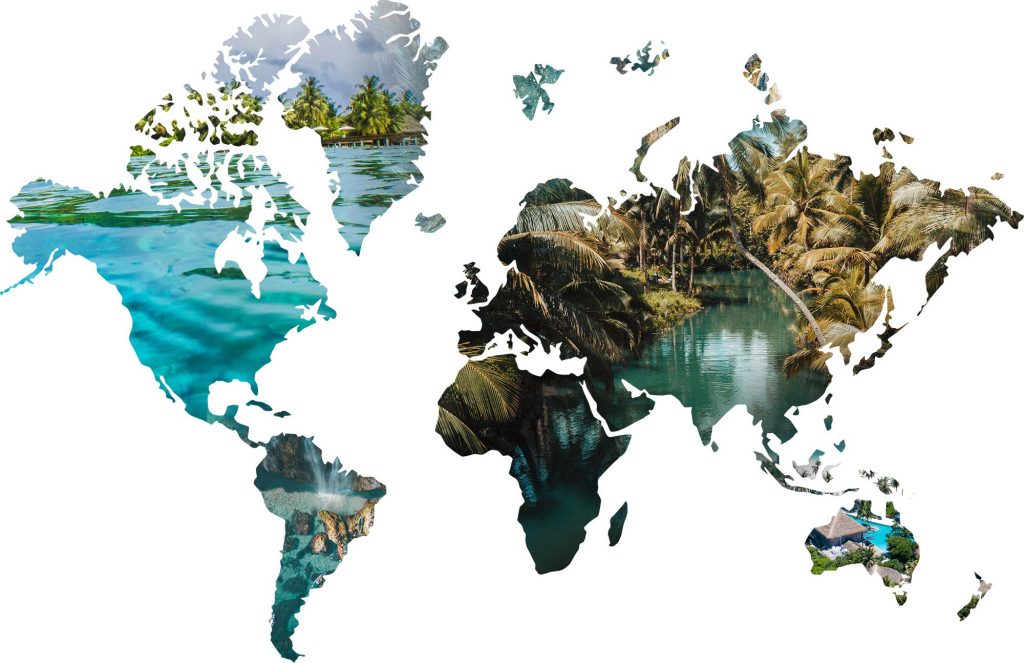When embarking on an ocean rafting adventure, ensuring the safety of all passengers should be a top priority. The unpredictable nature of the ocean can present various risks, making it essential to have the right safety equipment on board. In this comprehensive guide, we will discuss the must-have safety equipment for a secure journey, providing you with peace of mind as you navigate the vast blue waters.
Importance of Safety Equipment in Ocean Rafting
Before delving into the specific safety equipment, let’s emphasize the significance of having them on your ocean rafting trip. The open ocean can be thrilling, but it also poses potential dangers. When equipped with the right safety gear, you can mitigate risks and handle emergencies effectively. It is crucial to prioritize safety to ensure an enjoyable and secure adventure.
Life Jackets: Your Lifeline at Sea
Life jackets are an essential piece of safety equipment for any ocean activity, including rafting. They provide buoyancy and keep individuals afloat in case of accidental falls or capsizing. When selecting life jackets, ensure they are of high quality, Coast Guard-approved, and the right size for each passenger. It’s crucial to wear them at all times during the trip to ensure maximum safety.
Protective Helmets: Safeguarding Your Head
While rafting, there may be instances where you encounter rough waters or unexpected obstacles. Wearing protective helmets can protect your head from potential injuries caused by collisions or falls. These helmets are specifically designed to provide impact resistance and should fit securely without obstructing your vision.
Wet Suits: Adaptability to Changing Conditions
Ocean conditions can change rapidly, and the temperature of the water may fluctuate significantly. Wet suits are designed to insulate your body, providing thermal protection and enhancing buoyancy. They are particularly important in colder environments or during extended trips, helping you stay warm and comfortable throughout the journey.
Paddles: Navigating the Waves
Paddles are not only essential for maneuvering the raft but also serve as an additional safety measure. In case of engine failure or other technical issues, paddles allow passengers to steer the raft and reach safety. It is crucial to have enough paddles on board, ensuring everyone can actively contribute to the navigation process if the need arises.
First Aid Kit: Handling Emergencies
Accidents can happen even in the most controlled environments. Having a well-stocked first aid kit on board is vital for providing immediate medical assistance in case of injuries or emergencies. The kit should include basic supplies such as bandages, antiseptic solutions, pain relievers, and any necessary medications. Additionally, it is essential to have a manual or guide that outlines proper first aid procedures.
Flares and Signaling Devices: Catching Attention
In emergency situations, attracting attention and signaling for help is crucial. Flares and other signaling devices serve this purpose effectively. They can be used to alert nearby vessels or search and rescue teams of your location. Ensure that the flares are within their expiration date and stored in a waterproof container for easy accessibility.
Communication Devices: Staying Connected
Maintaining communication with the outside world is essential during ocean rafting trips. Cell phones may not always have reliable coverage, so it is advisable to have alternative communication devices such as marine VHF radios or satellite phones. These devices enable you to reach out for assistance in case of emergencies and keep you connected with your group or authorities if needed.
Conclusion
A successful and secure ocean rafting journey hinges on the presence of proper safety equipment. Life jackets, protective helmets, wet suits, paddles, first aid kits, flares, signaling devices, and communication tools are essential components that contribute to a safe experience at sea. By prioritizing safety and equipping your raft with these items, you can embark on an exhilarating adventure while minimizing risks and ensuring the well-being of everyone on board. Remember, safety should always come first, allowing you to fully enjoy the wonders of the ocean with peace of mind.








